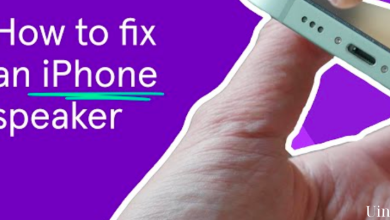How to Remove a Stripped Screw
Remove Stripped Screws Easily with the Best Screw Extractor
A removed screw might appear helpless. You’re driving the screw—generally with a drill—and the head indents to the point where it is entirely bored out. The drill’s vehicle driver little bit or your hand-operated screwdriver has absolutely nothing entrusted to hold onto. The more challenging you turn the screw, the more it gets removed.
To eliminate the screw, a couple of widgets function much better than an affordable screw extractor. But what if you don’t happen to have an extractor on hand? Thankfully, there are a variety of alternatives for eliminating that removed screw.
Every one of these approaches uses standard devices or products that you might currently carry around your home or store–pierced little bits, pliers, steel wool, and unpleasant powder or elastic bands.
That pesky stripped screw can become an annoyance when it doesn’t budge. In this article, we will show you how to use your tools to remove them without the need for a pricey and time-consuming trip to the hardware store.
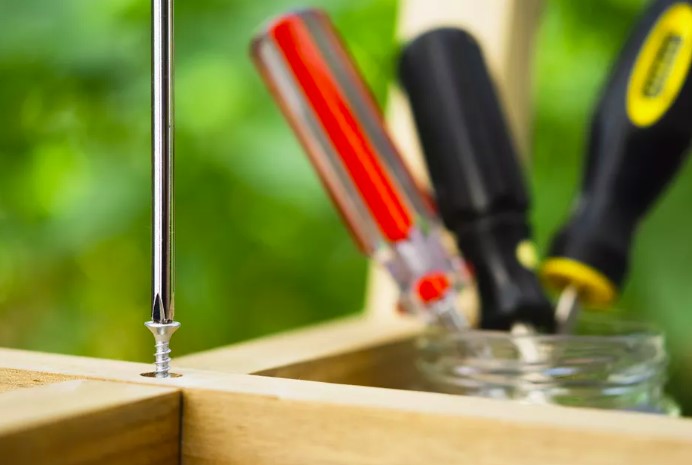
Switch to a Flat-Head Screwdriver
If you’re attempting to get rid of a Phillips head screw, switch to a hands-on flat-head screwdriver. By pushing hard, it’s frequently feasible to explore the removed head by angling the screwdriver. All you require is to elevate the screw by 1/8-inch to be able to switch to drawing out the screw with pliers.
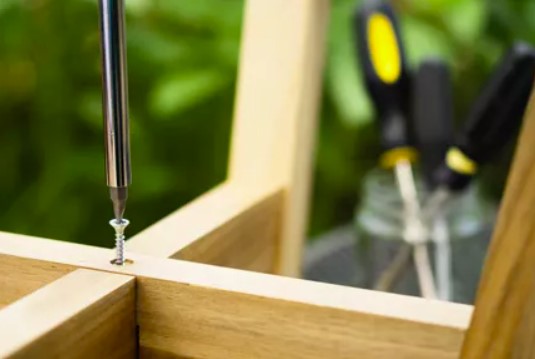
Drawing Out The Screw With Pliers
If you can hold on to the head of the screw with pliers, this is typically one of the most reliable techniques for eliminating a removed screw. Vise-locking pliers are handy. Also, if you can barely get the external edge of the screw head, this is typically sufficient to start up the screw.
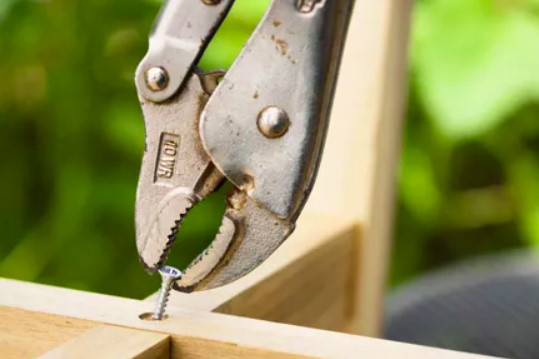
Hold the pliers sideways (the front of the pliers’ jaws are rounded, so they cannot be held too).
Change the pliers to ensure that the jaws are a little smaller than the head of the screw.
Affix the pliers to the screw head.
Transform the screw counter-clockwise.
Make at the very least 2 or 3 complete turns.
Unclamp the pliers.
Re-clamp the pliers so they encounter ahead (it’s less complicated to transform similar to this).
Tip
If you’re working with wood and have trouble getting a grip on the screw head, try grooving out a couple of shallow indentations in the wood next to the screw head.
Make use of a larger driver bit.
Replace the tiny bit in your drill with a more significant bit designed for a screw with a giant head. The bigger motorist a little bit can disperse the stress throughout even more of the screw head, assisting in transforming the screw out.
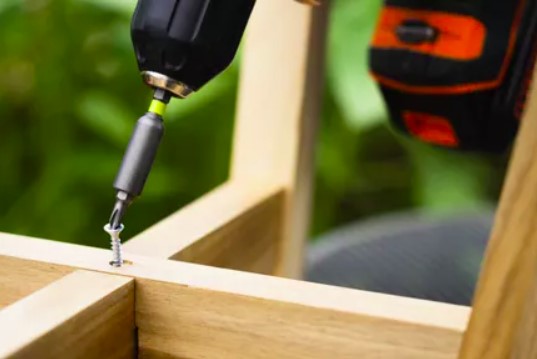
Also, old drill bits that have ended up being used down deserve to be attempted. These little bits have a flatter suggestion, including even more surface.
Switch to a Manual Screwdriver
If you’ve been attempting to eliminate the removed screw with your drill, typically changing to a hands-on screwdriver for the same screw kind suffices to remove the screw. A hands-on screwdriver offers you extra control over the torque than a drill does—which can occasionally escape from you. You can likewise lean and place even more stress on a hand-operated screwdriver.
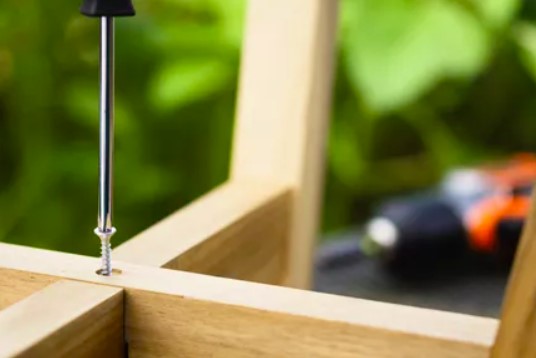
Use steel wool.
Lack of grasp is constantly the problem with a removed screw. Your chauffeur, a little bit, maintains turning around the bored-out screw head. One method to grasp the surface area immediately is to put steel wool in between the screw head and the chauffeur a little bit.
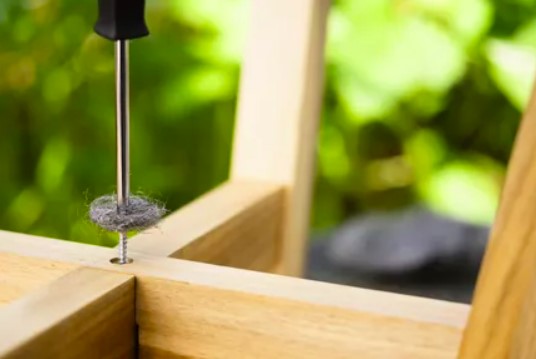
Tap the screwdriver with a hammer.
Place a hand-operated screwdriver against the removed screw. After that, gently touch the deal with the screwdriver and a hammer. In many cases, this suffices to seat the screwdriver a little deeper right into the removed screw, providing a sufficient grasp for you to turn the screw out.
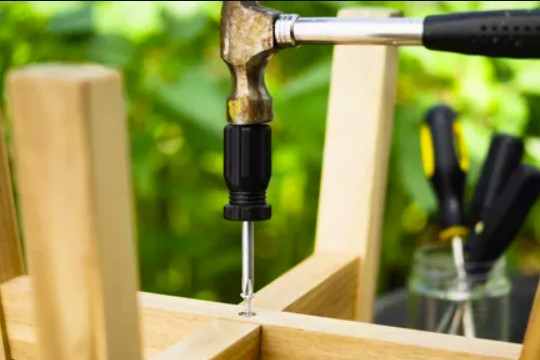
Cut a Slot for a Flat-Head Screwdriver
Use a rotating reducing device or a multi-tool fitted with a steel blade to reduce the size of the screw. Cut the port right through to produce a groove for the edge of a flat-head screwdriver.
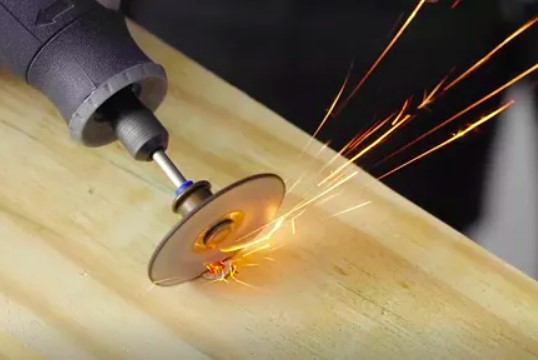
Use an abrasive powder
Similar to the steel wool technique, the more rubbing you can do on the screw head, the better. Spray a percentage of rough cleansing powder or great sand on the removed screw, then use the drill driver-bit on the screw and attempt to turn it out. In a lot of cases, the powder or sand suffices to avoid a little bit of sliding on the screw. Choose a non-chlorinated cleansing powder.
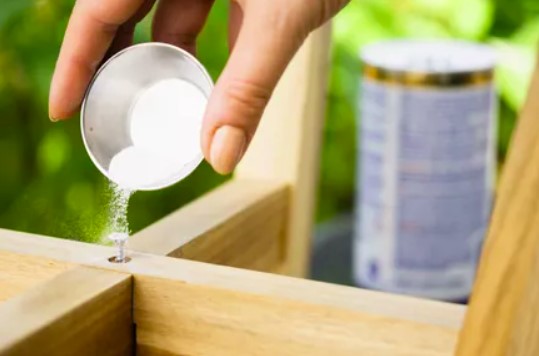
Drill Into The Screw
Drilling right into the screw is similar to utilizing a screw extractor device, except that you require a drill and a collection of drill bits appropriate for piercing right into steel.
Choose a little bit that is smaller in size than the screw head.
Plus, insert the finished little bit into the screw head’s facility.
pierce gradually to create a 1/8-to-1/16-inch deep opening.
Take the drill bit out of the drill. Switch over the back to your vehicle’s driver for a little bit.
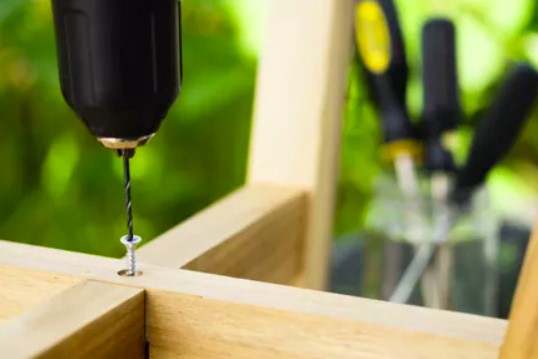
Frequently, the opening assists your chauffeur a little bit, sinking just far enough into the screw to allow it to grasp it better.
Use rubber bands for grip.
The wide elastic band gives the chauffeur a little bit of an adequate grip on the removed screw.
Cut the elastic band with scissors.
–Lay the elastic band throughout the top of the screw. It helps to utilize your liberty to screw it through the screw.
Place the vehicle driver slightly on the elastic band.
+Press hard while transforming the screw counter-clockwise.
Uint.co/wp-content/uploads/2022/07/Use-Rubber-Bands-for-Grip.jpg” alt=”” width=”538″ height=”360″ />
If that does not function, it’s occasionally helpful to leave the elastic band undamaged (uncut) and attempt to transform the screw via two layers of rubber.
There are a few different ways to remove a stripped screw, but the method you use will depend on your available tools and how much time you’re willing to spend. If you have a drill and some patience, drilling out the stripped screw is probably your best bet. Using a hammer and nail or an easy-out tool are both viable options if you’re in a hurry. Whichever method you choose, take your time and be careful not to damage the surrounding area.
